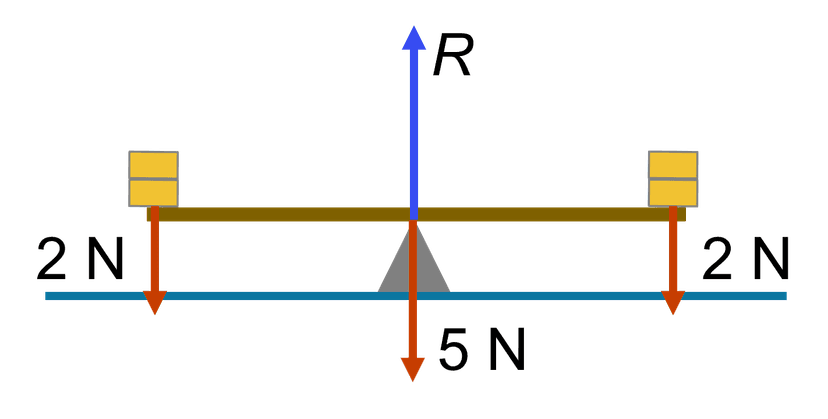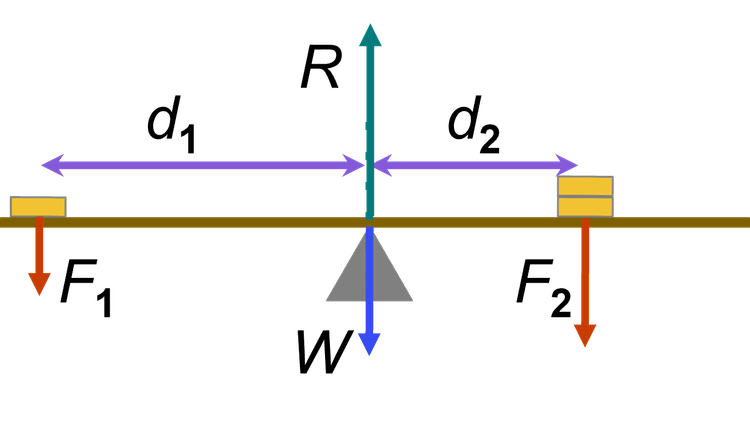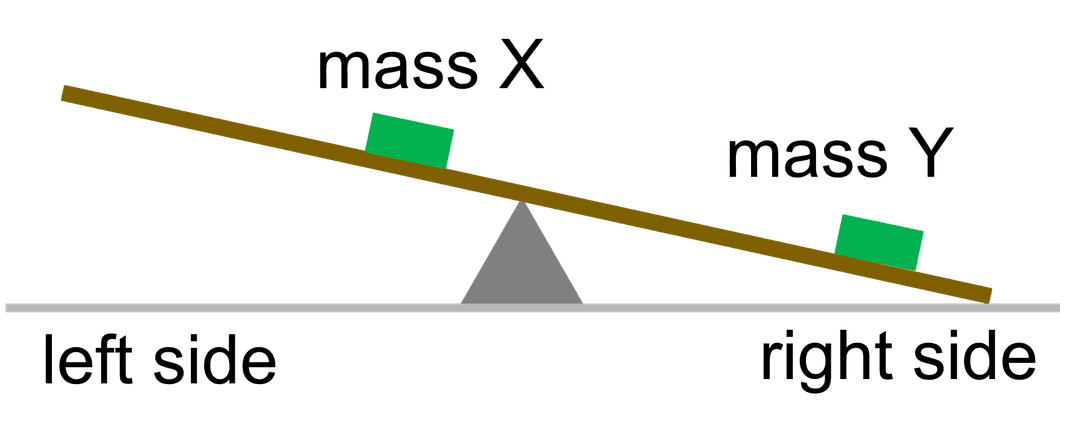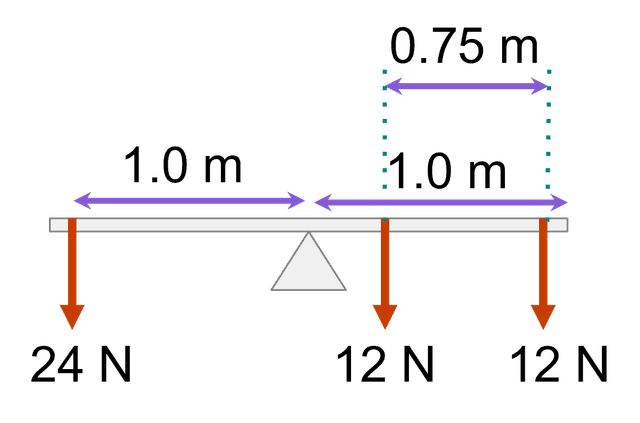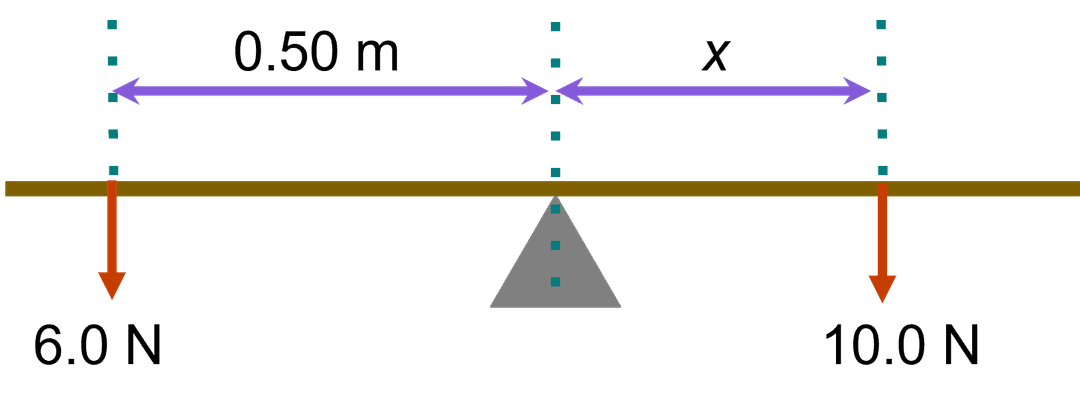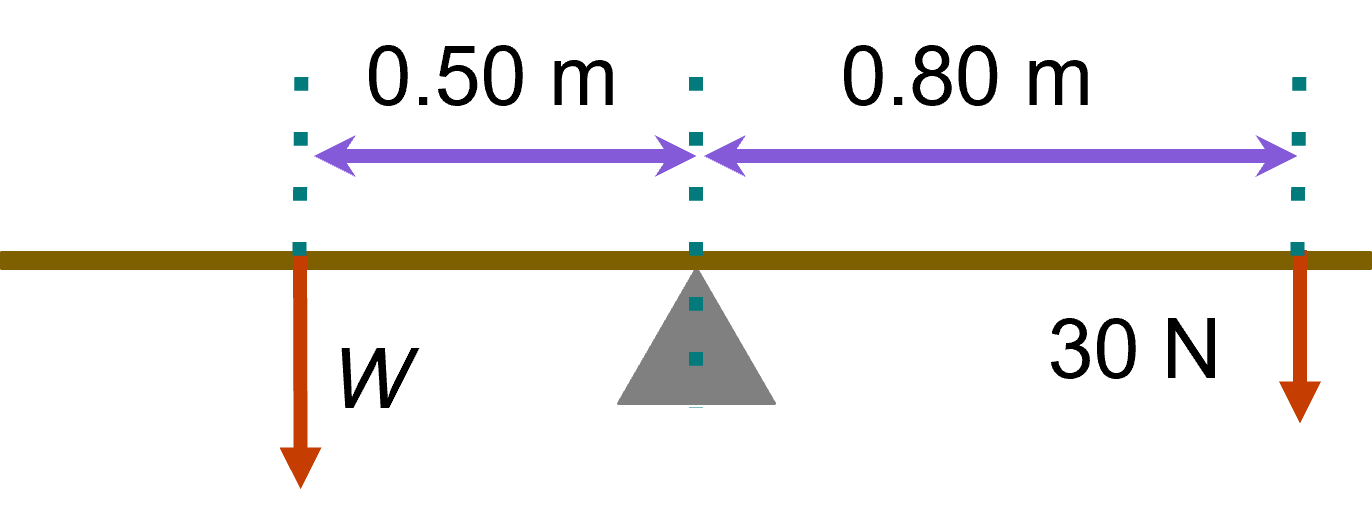Myths about teaching can hold you back
Learn why
New
New
Lesson 5 of 11
- Year 11
- Edexcel
- Higher
Balancing
I can investigate the conditions for balance and apply the principle of moments in a range of situations.
Lesson 5 of 11
New
New
- Year 11
- Edexcel
- Higher
Balancing
I can investigate the conditions for balance and apply the principle of moments in a range of situations.
These resources will be removed by end of Summer Term 2025.
Switch to our new teaching resources now - designed by teachers and leading subject experts, and tested in classrooms.
These resources were created for remote use during the pandemic and are not designed for classroom teaching.




